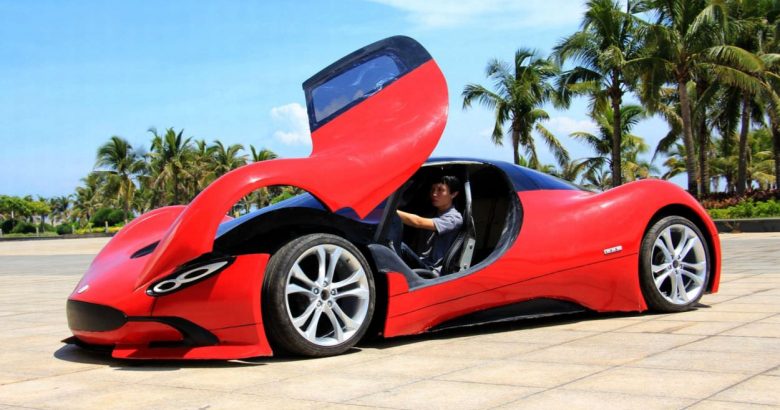
Sports Car Sales Decline
As soon as there were horseless carriages being built, there were people racing them. This is likely because it was the best thrill ride around. After all, before the advent of the 1900s, the fastest a human move was some 30-40 MPH on a train- not quite daredevil -level stuff. After the development of the automobile, though, real speed was available and a lot of people wanted a piece of it. Before long, many manufacturers of standard cars had a performance vehicle or “sports car” model. The rest is history as millions of performance cars and dedicated sports cars have been built since the early 1900s.
But that seems to be changing as it appears that sports car sales are slowing down quite a bit. In fact, sales in the segment have declined dramatically for the last few years according to Brennan Dodge of Ruston, a local Chrysler, Dodge, Jeep, Ram dealer in Ruston, LA. What’s going on?
Part of the reason is likely due to lack of usefulness. Let’s face it, most sports cars, certainly the smaller ones, aren’t very good at a lot of things. For example, they aren’t very good for carrying the kids (no room inside) and they aren’t good for trips to the grocery store (tiny trunks). And let’s forget about earning a little extra Uber money, there’s not enough room in most sports cars to pile in many Uber riders.
Another reason is a shift in demographics. America’s obsession the automobile seems to be cooling off. Our car culture is a far cry from the 1950s and 60s when having a car to drive was a major deal for young people and working on them was what you did on weekends. It was different back then too -gas was cheap and used cars were easy to “fix up.” Today, gas prices are volatile and cars aren’t DIY friendly.
And, car ownership isn’t quite the passion that it used to be. Millennial drivers view cars more as devices to get from point A to point B than older generations did. For older generations, automobiles were like a set of clothing; the car you drove said a lot about you and it was important to broadcast the right image. This image was a synthesis of what kind of car you drove, how old it was, how sporty it was and, of course, the color. I guess you could say an analogy is colored plumage in the avian world – physical attractiveness was a fundamental way to attract mates.
Today, younger car owners see automobiles less like a reflection of personal appearance and status, and more like a statement of values. Consider the enormous green car movement: sales of hybrids and electric vehicles (EVs) are on a dramatically increasing upward slope. Younger drivers are far more concerned about their impact on planet earth than previous generations and this shows in the demand for green cars, and lack of demand for performance-oriented sports cars.